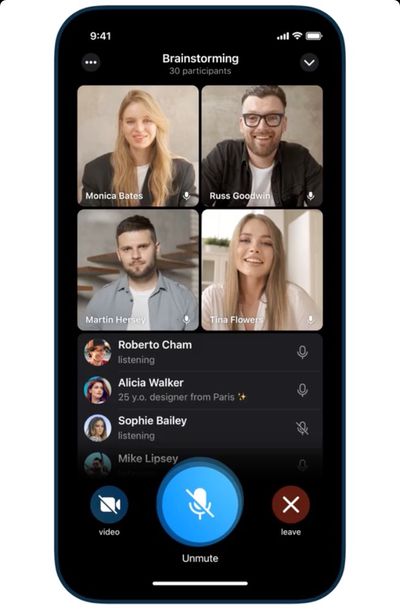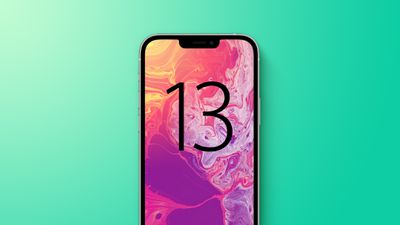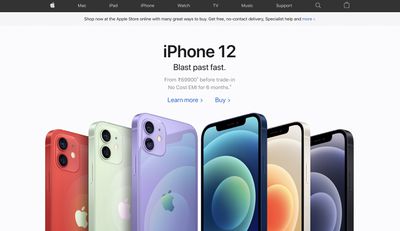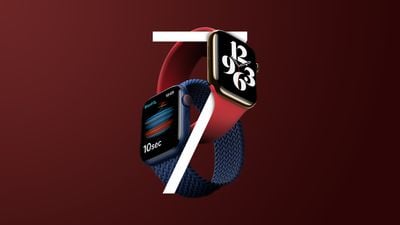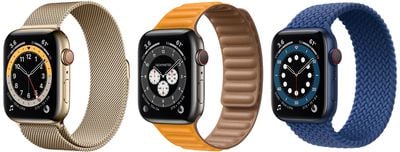A new Sensor Tower report claims Apple's App Store generated $41.5 billion revenue globally in the first half of 2021, representing 22.1% growth compared to the same period last year.

The app market research firm says consumer spending on in-app purchases, subscriptions, premium apps and games in the App Store was 1.8 times the revenue generated by Google's Play Store, which generated $23.4 billion over the same period.
Despite App Store spending, however, Google Play is projected to enjoy stronger year-on-year growth overall because of activity in markets still feeling the impact of the global health crisis.
In the first half of 2021, the App Store has grown 22.1 percent from about $34 billion in the H1 2020, a little more than seven percentage points lower than the 29.3 percent growth experienced during 1H20 due to accelerated spending during the onset of the COVID-19 pandemic.
Google Play's revenue in H1 2021 has grown 30 percent from $18 billion in 1H20, over four percentage points higher than the 26.8 percent growth experienced last year when compared to the same period in 2019. The outsized Y/Y revenue growth on Google's marketplace is being driven by markets such as the Philippines, where COVID-19 has resulted in continuing business closures and quarantines.
TikTok maintained its dominance in the top grossing mobile apps worldwide for the first half of 2021. Consumers are believed to have spent more than $920 million on TikTok in the period, up 74% when compared to the year-ago period.
Meanwhile, YouTube held onto its spot as the second highest-grossing non-game app, with an estimated consumer spend of $564.7 million. Tinder ranked third with an estimated revenue of approximately $520.3 million, while Japanese comic reader Piccoma and Disney's streaming platform Disney+ sat in fourth and fifth place, respectively.
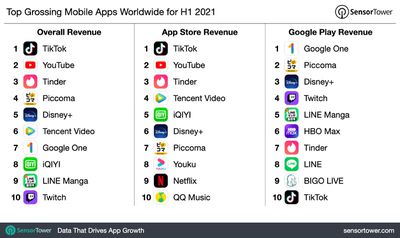
An estimated 72.5 billion app downloads took place globally across both stores in 1H21, up 1.7% from 71.3 billion during the year-ago period. That figure pales in comparison to the 25.7% year-on-year growth experienced by app adoption last year when compared to the first half of 2019.
Global app spending reached almost $65 billion across iOS and Android in the same period, with the vast majority of money spent on games, which accounted for approximately $26 billion of the estimated $41.5 billion generated by Apple.
Apple is facing several threats to its highly lucrative App Store model, which has come in for criticism from some developers and antitrust bodies for its commission rate policy and alleged anticompetitive practices, including the pre-installation of Apple's apps on its own devices.
U.S. House lawmakers this month debuted sweeping bipartisan antitrust legislation in the form of six different bills aimed at major tech companies like Apple, Amazon, Facebook, and Google. The legislation targets the companies' market power in the areas of online commerce, advertising, media, and entertainment. One piece of legislation in particular, the non-discrimination bill, would prevent Apple from blocking users from deleting pre-installed apps.


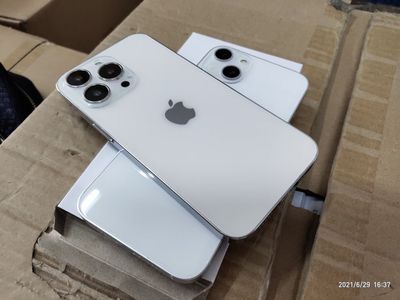
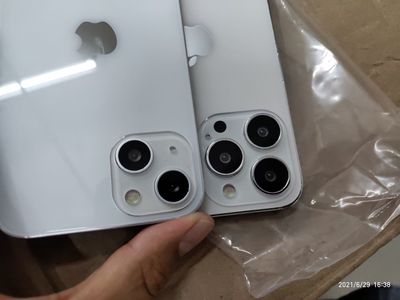
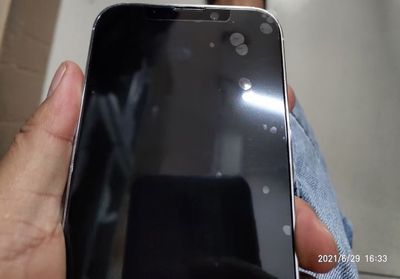
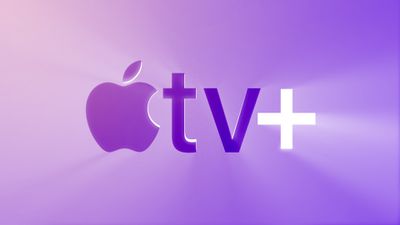


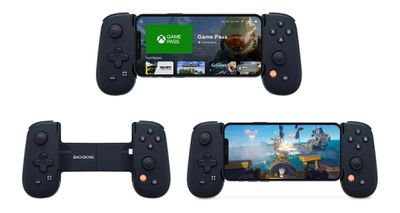

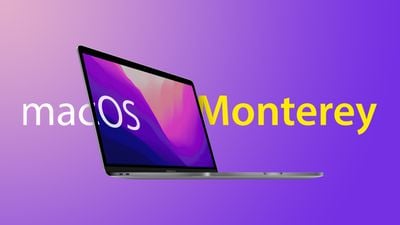
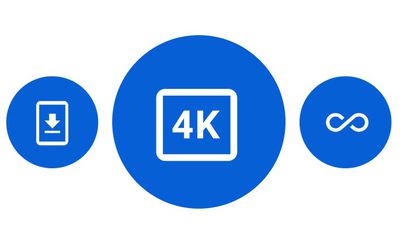
 Note: MacRumors is an affiliate partner with Amazon. When you click a link and make a purchase, we may receive a small payment, which helps us keep the site running.
Note: MacRumors is an affiliate partner with Amazon. When you click a link and make a purchase, we may receive a small payment, which helps us keep the site running.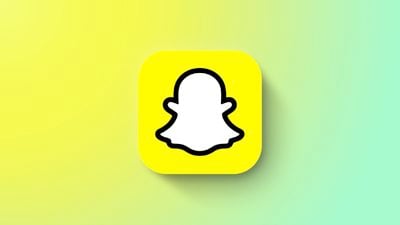
 Note: MacRumors is an affiliate partner with some of these vendors. When you click a link and make a purchase, we may receive a small payment, which helps us keep the site running.
Note: MacRumors is an affiliate partner with some of these vendors. When you click a link and make a purchase, we may receive a small payment, which helps us keep the site running.
